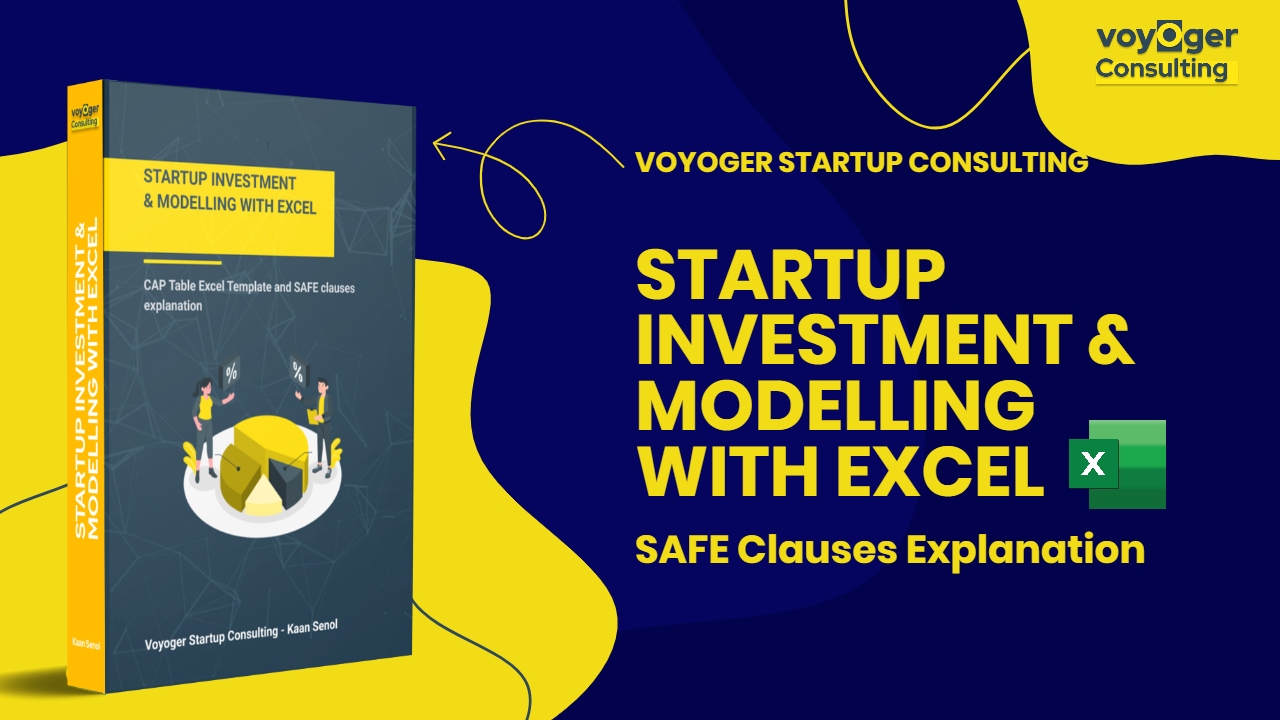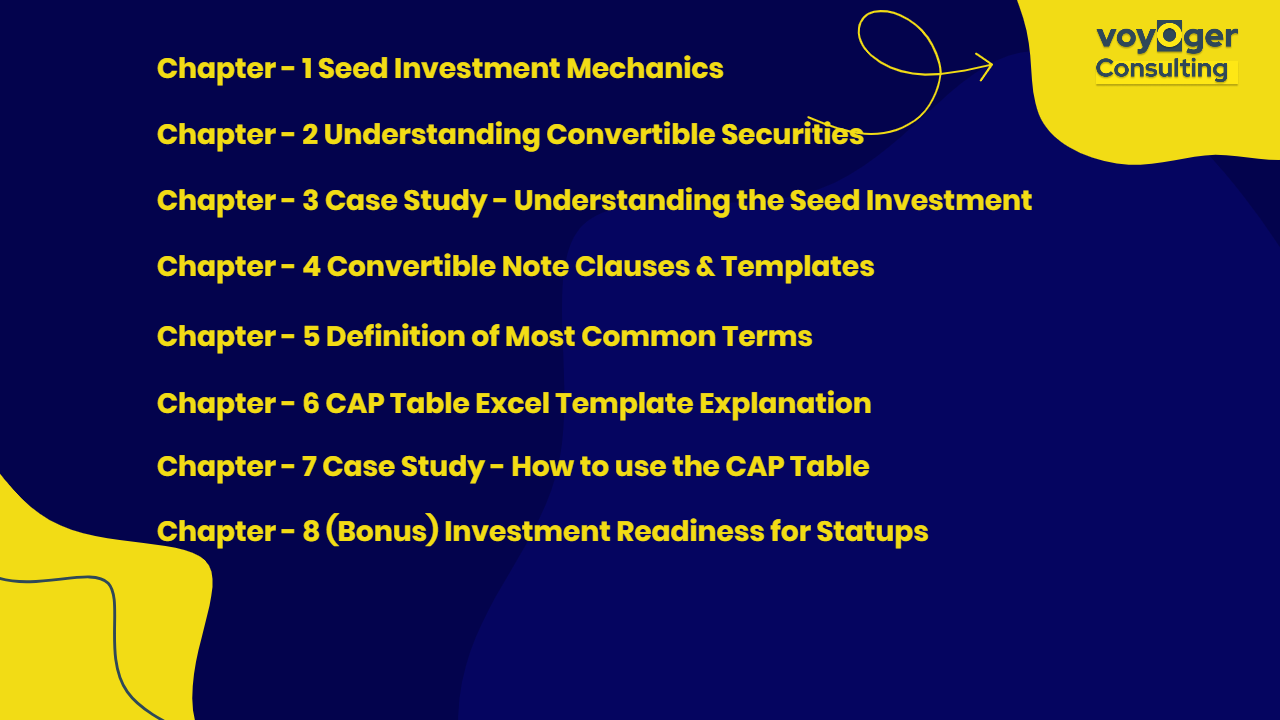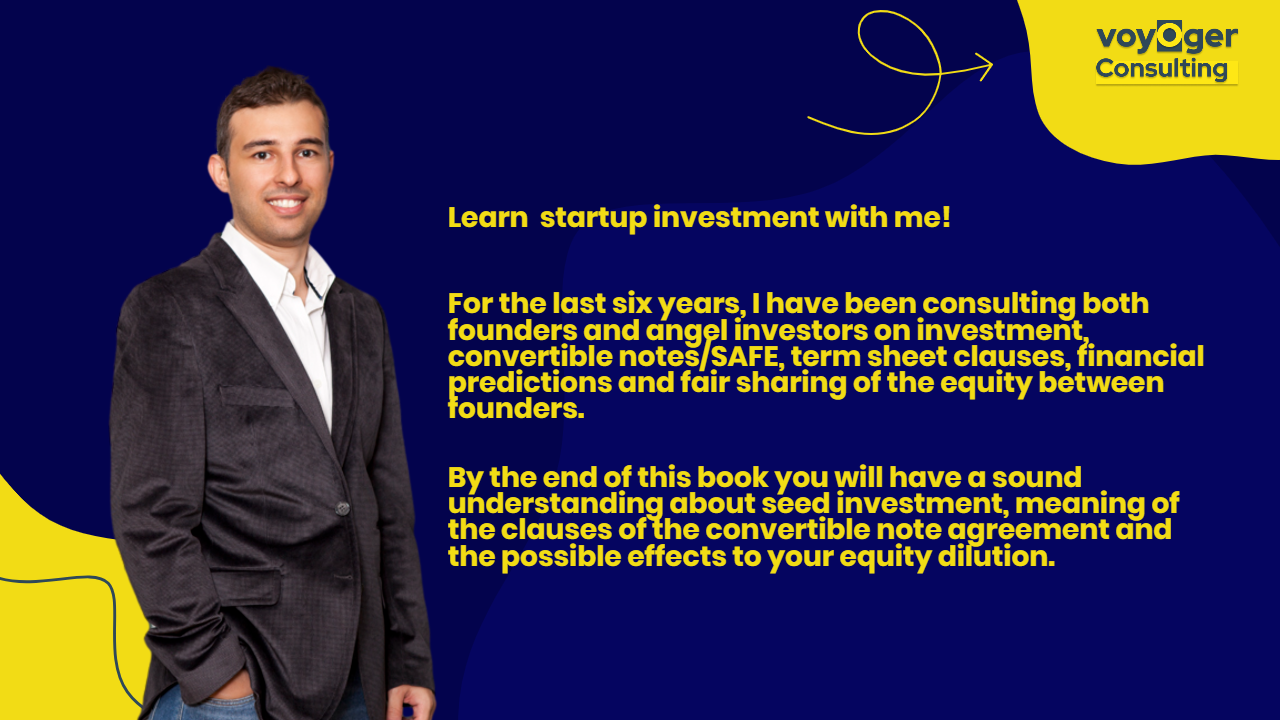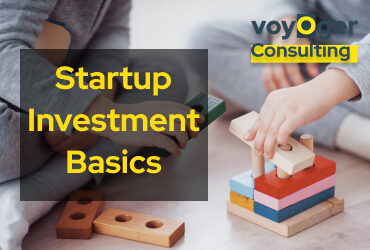Welcome to the blog post where we will talk about product-market fit…
In the startup world, there is a framework and we call it product-market fit… That will help you to understand if you are positioned to succeed or if you are not it will help you to self-correct and move in the right direction…
We can say there are 4 main components… Those are Market, Product, Team, and Timing…
In the end, I will give you a complete example for you to better understand the concept… But first, let’s dive into those topics one by one…
The Market
This is the most important part of the recipe… Why?. Because investors always question it at the beginning…
They want to be sure that they are putting their money into a place that has a lot of people, who could potentially purchase
And also they look for a market that is growing because it’s more likely they are going to get a return for their money…
So one of the most important things for your market is “Scale”… It has to be scalable… There have to be a lot of people that could potentially buy from you…
Now the perfect example of a market is “Online Education”… Especially in the 2020 pandemic situation… according to the World Economic Forum… People started to spend more at their houses and started to learn and it is expected that the overall market for online education to reach $350 Billion by 2025.
The second part of the equation about the market is… It has to have a problem… The problem that you are solving…
Because at the end of the day all the businesses do is basically create a product that solves a problem…
To give an example of this… If you are bored or looking for information… Youtube solves your entertainment slash learning needs… How? On-demand content…
Or If you need a productive communication need in your business, Slack provides a productive environment for you and your business…
So again at the end of the day, your product is going to solve a problem that the market has…
Product
Now… It’s just not about the market and have a product… You need a differentiator or a unique selling proposition… Something that stands out…
Your product either needs to be remarkable or it has to solve a problem that currently doesn’t have a solution…
About your uniqueness, I don’t mean something a little bit better… ıt has to be significantly better…
Just to make it clear I will give you two examples…
Number one is Ikea… There are so many companies that sell furniture but Ikea made something different… They created lower cost, good looking designed products which can be shipped easily and manage their supply chain better than their competitors…
Another example is Tesla…
They are electrical car manufacturers… They revolutionized the car manufacturing industry by making electric vehicles that work fast and good looking…
Now think about… Before Tesla… What were the solutions for an electrical car?
Toyota Prius, Nissan Leaf… Most of these cars turn people off… So Tesla decided to produce cars that look better and perform better…
So let’s dig more… When there is a differentiator we have to talk about economics… Essentially the market has to bear the price for your product…
Customers must willing to pay for it and there must be enough margin for you to profit…
To give an example of that…
If you saw an online product for 25$ and the cost of the product sold is 10$ that difference of 15$ is what you have to cover all your business expenses…
And I mean all of it… That is what your business lives on… What do your investors think about… Legal fees, operation costs, and many more…
Do you remember the lesson we had about “What Market Are You In?”… Feel free to watch it after this lesson… So you will have a fresh eye on the subject…
Now are those enough? No…
Team
You need a good product and a growing market… But also you need a “Team” that can execute your startup operations…
You being the founder your job is basically to identify the problems, build the vision, and finally organize a team around you…
You need people to compliment you in your team… If you are good at marketing maybe you want someone good at technical stuff…
Also, you need reliable people… And have a track record of executing projects… So you need to think about those key points early on before building your startup…
Timing
Lastly, I want to talk about timing…
This is so important and like an unwritten rule in product-market fit…
Let’s be honest… Timing has a lot to do with luck… Think about MySpace… It came out before the mobile phone revolution…
And now think about where this company could be right now if they caught the mobile phone revolution?
Versus Facebook… they came out at great timing… MySpace already came into the market… People are somehow familiar with the concept of social networking…
It was just a better time… Timing is not something that is going to be in your control but it is something that you want to think about…
Most of the big startups weren’t understood by the investors at the beginning of their journey. It happens because those ideas are mostly inventions. They are not created intentionally.
An example to sum up the subject
So let’s give an example of a product-market fit of a startup.
Our generation continuously synced devices and cloud services were not solving this problem properly back in 2008… Our files did not often line up properly…
Dropbox changed all of this with the launch of its file synchronization services…
They were running in a new market, and their product is more advanced when you compare with their competitors…
So the question was if their market was scaleable… While fixing a widespread problem in the market they still had some trouble attracting new users…
To answer the question they decided to launch a campaign and try to gain new users to validate their idea…
First Dropbox co-founder Drew Houston created a four-minute explainer video… and shared it on the ranking news aggregator site of the time, Digg…
Their beta waitlist rocketed from 5000 to 75000 overnight…
Instead of testing their idea in multiple channels, Houston took advantage of an established audience in Digg…
Digg user base offered plenty of early adopters…
Second, Dropbox started to make a viral referral campaign… The campaign rewards existing users with additional storage spaces for sharing the service on social media, email, or by having their friends sign up…
Now what we see in this example is…
When we look at the market, we see back in 2008 it was ready to scale up because people started to use multiple devices and a new need for synchronization files occurred…
So their product is solving a huge problem for their users…
When you compare Dropbox with its competitors the technology was faster and enables a fast lineup for its users…
Every campaign proved the market is scalable and managing social virality campaigns was proof of a successful team was behind the project…
Lastly, we can say that they were quite lucky because in a market where big players such as Google, Amazon, and Microsoft are active they manage to live and grow…
What do you think the reason could be? Please share it in the questions section…













0 Comments